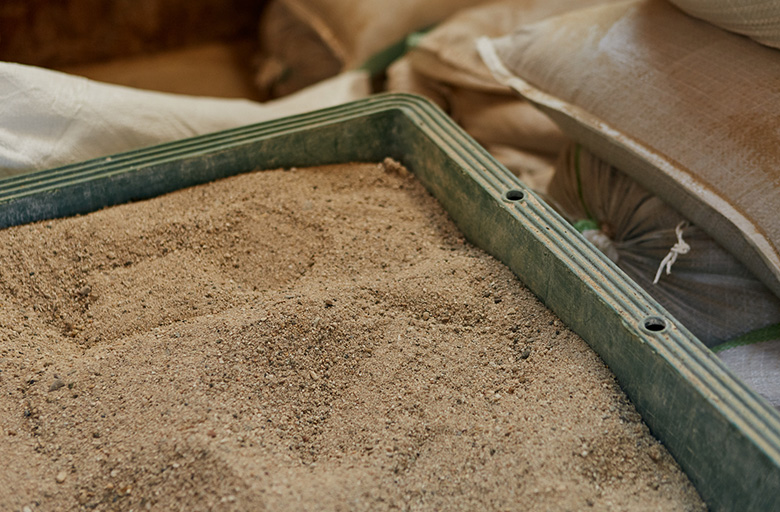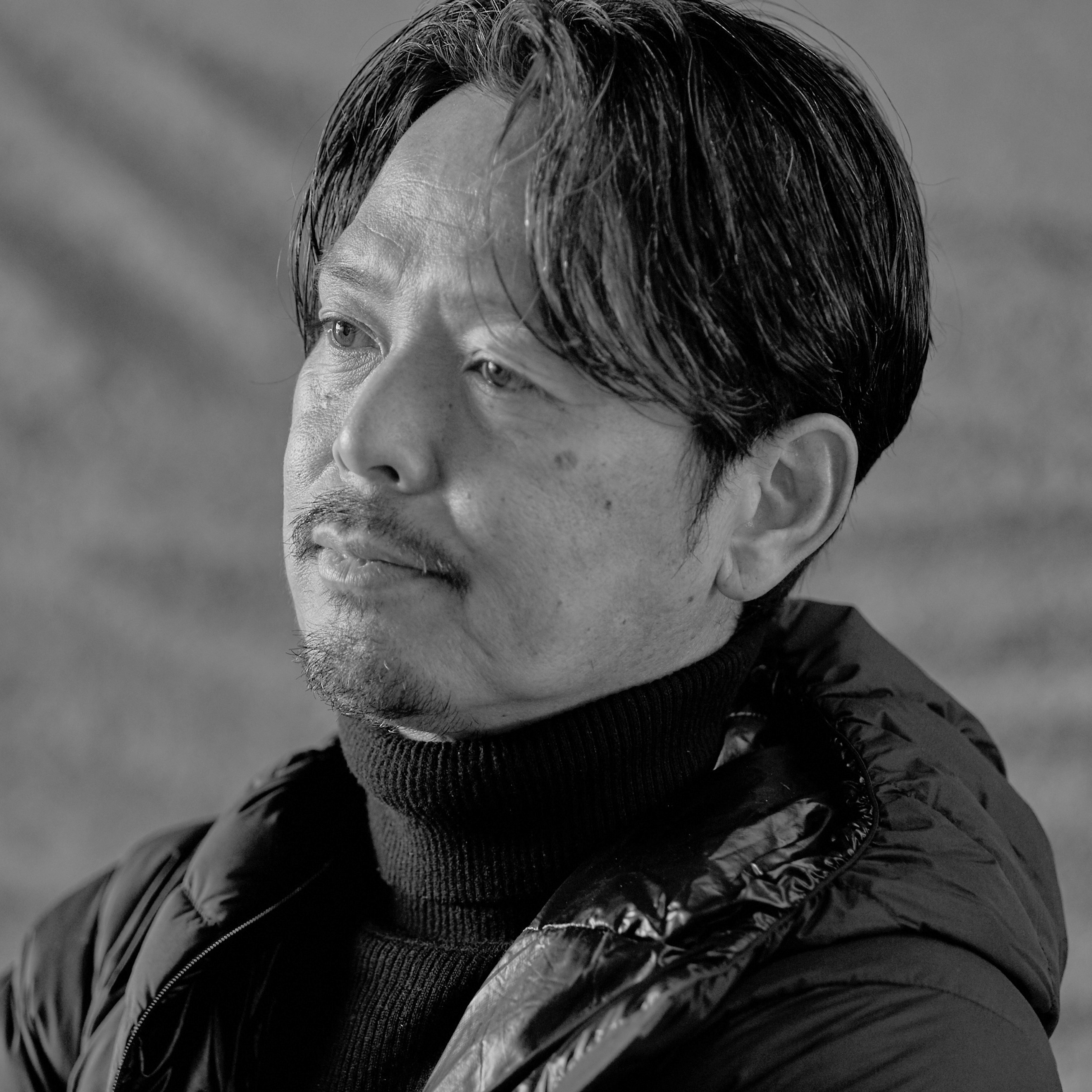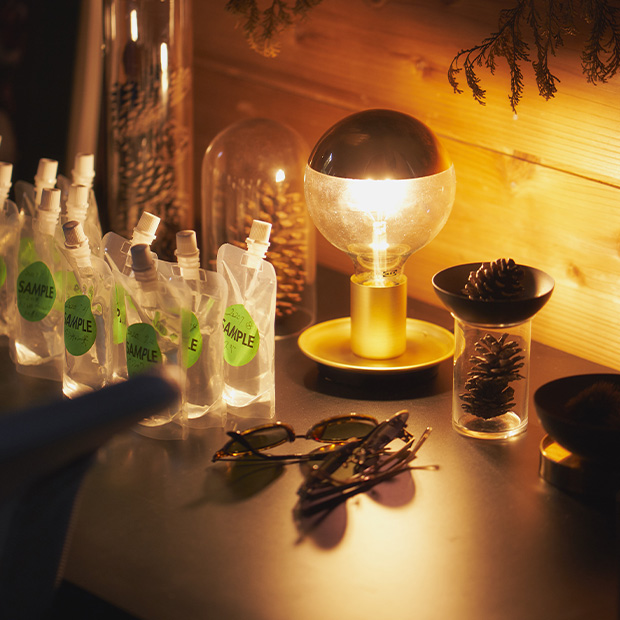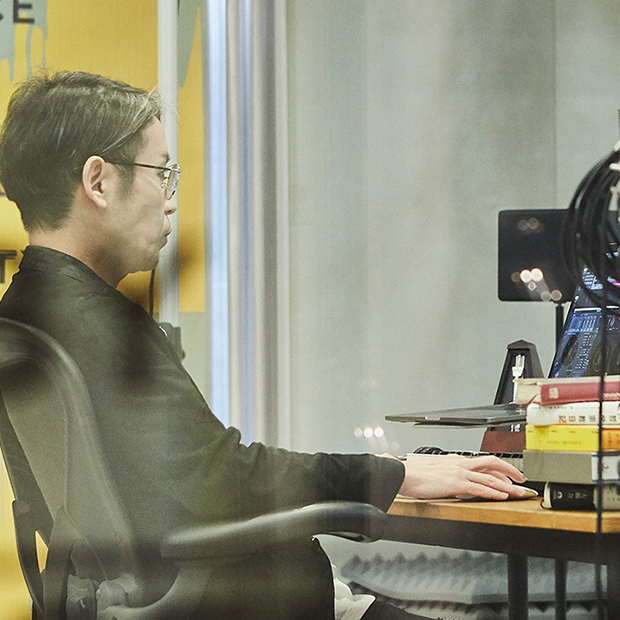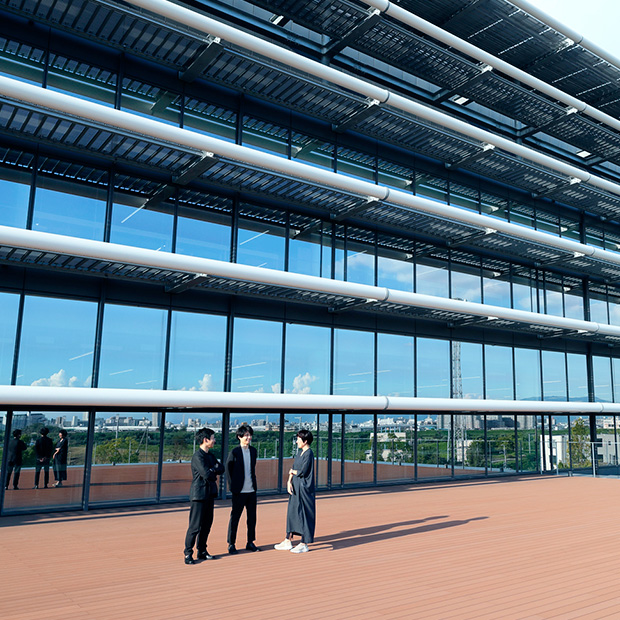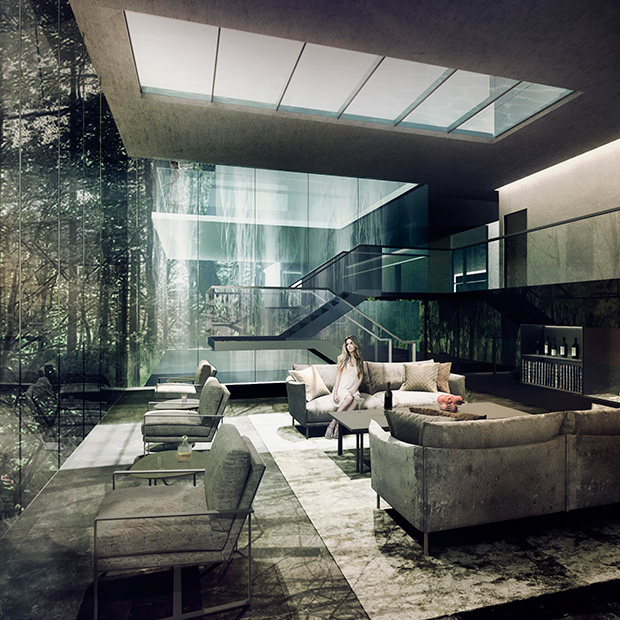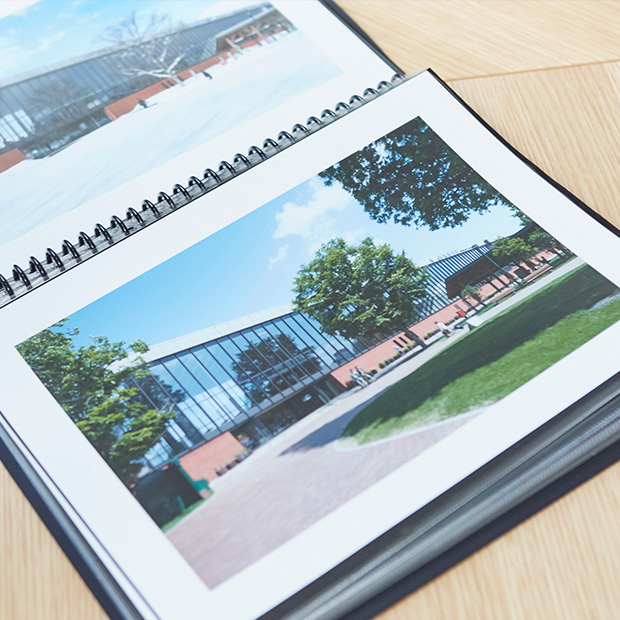Naoki Kusumi is a highly skilled plasterer who has been involved in a variety of projects both inside and outside Japan. His clients span across the globe. We asked him what kind of ambiance is created with Japanese plaster walls.
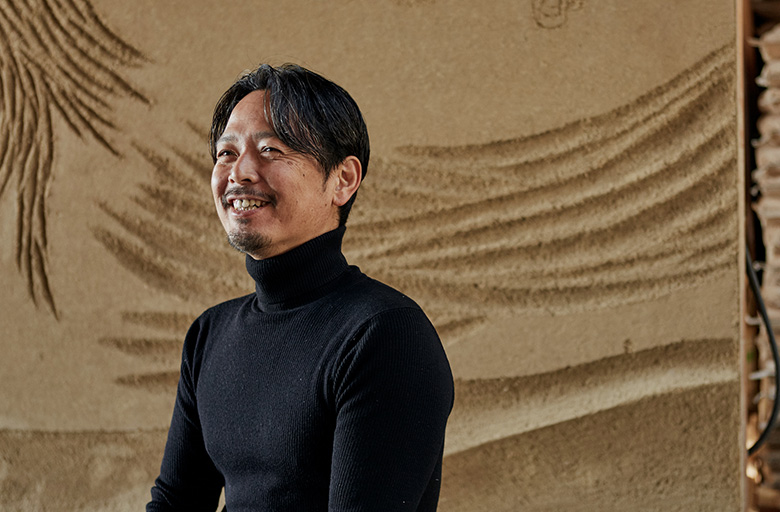
Generating ideas
“When deciding plaster wall design, I listen to clients. For example, when I work for individual clients, I ask their favorite clothes, food, and landscapes, and generate ideas from their preferences. So, my work rarely vexes me. When I work for developers and designers, I delve into concepts to identify their needs and explore the design that I believe is great. I listen to clients’ preferences and try to refrain from forcing my own opinion upon them.
When I work on overseas projects, I get inspiration from the local people and nature. Rather than just imitating nature, I try to materialize ideas that I feel are best. I may need to get input before expressing what is inside me, but I don’t intentionally do that. Design is created not by thinking but by gaining inspiration from experiences. I believe that cultivating sensitivity through experiences, such as encounters with people and nature during travel, enables us to naturally create interesting things.
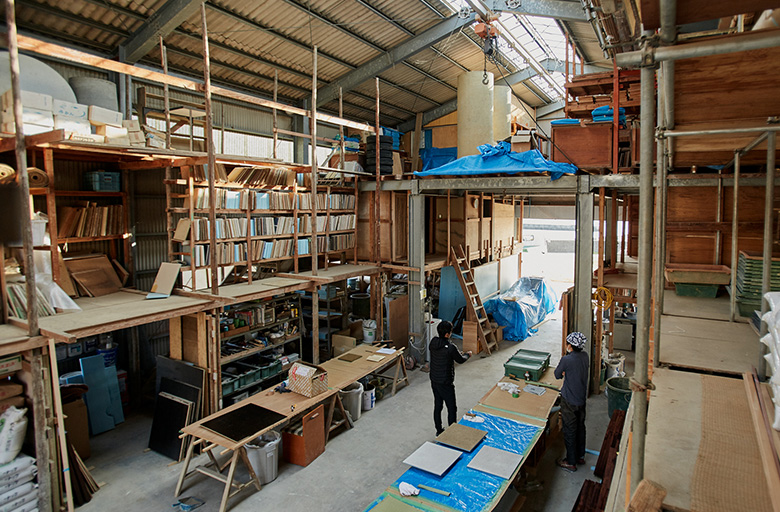
What makes people feel comfortable
One reason that plaster walls have long been used in Japan is their effectiveness in humidity control. Because plaster walls inhale excess moisture from humid air and exhale moisture to dry air, they perfectly suit the four distinct seasons seen in Japan. Another reason for their suitability is how they soften light and sound to evoke a pleasant feeling. I think soft light and sound create a serene space that makes people feel comfortable.
While buildings in urban cities may be very expensive and look magnificent, the pursuit of efficiency has created a scarcity of human involvement. Lacking the inclusion of human toil and emotions, these buildings become the mere sum of the materials from which they are built. Emotionless, they do not move people, nor do they provide comfortable spaces. I believe that only by instilling the human spirit into a work can you truly achieve something amazing.
Unfortunately, genuine earthen walls found in the Japanese countryside are unsuitable for urban buildings. This is why I design plaster walls. Unlike ordinary plasterers, I do more than just smoothly plaster walls. To express waves, for example, I draw wavy lines with a trowel that are easy to understand so that people can immediately recognize and experience nature in the tides and gusts of wind.
People feel comfortable in nature because natural things do not harm the earth. Such an instinct is also essential for our lives.
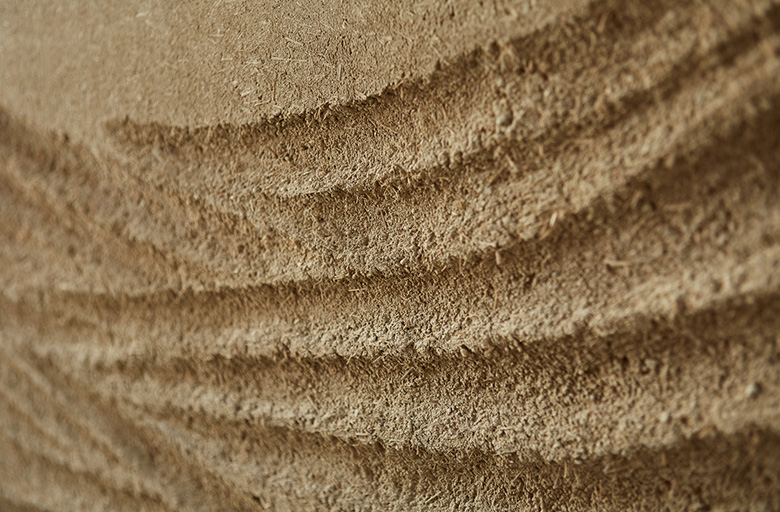
Changing plaster walls depending on the atmosphere
Plastering was transferred from Europe through the Silk Road and has uniquely evolved in Japan. When I work in a foreign country, many people come to watch me plastering a wall. They say I look as if I am dancing. The movement is the result of my attempt to effectively and beautifully finish the wall.
Although there are many plasterers overseas, I think only Japanese plasterers can single-handedly create a flat finish on earthen walls using only a trowel. Such a delicate craftsmanship reflects the Japanese temperament toward precision and the extent to which Japanese artisans delight in overcoming difficulties. Japanese people have a unique perspective that Kami-sama (Shinto gods) reside in various things. This may be a reason why we are so committed to the things that we create.
As an uncompromising principle, I always try to use local materials. After all, locally-sourced products look beautiful and attractive to local residents. That’s why I use local soil as plaster material. People have a deep affinity for things originating from and associated with a particular place. You could even say that such a building remains beautiful even after it has been abandoned and fallen into ruin.
Furthermore, the plaster composition and workflow vary depending on the ambiance and climate of the place. I need to adopt different plaster compositions and work processes in different places. People may think Japan is the easiest country for me to work because of my familiarity with it. Actually, that is not true. Since Japan has four seasons, the climate conditions of a single place vary greatly according to the season. However, a familiarity with changes in ambiance and climate is one reason why Japanese plasterers can work anywhere in the world.”
